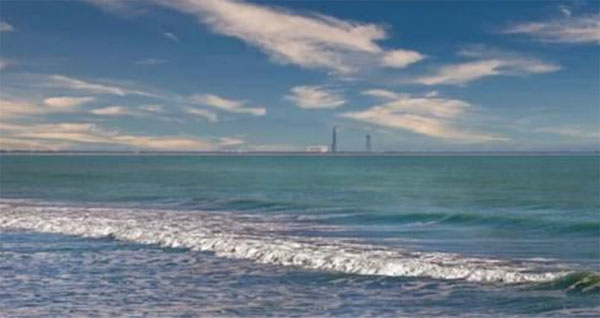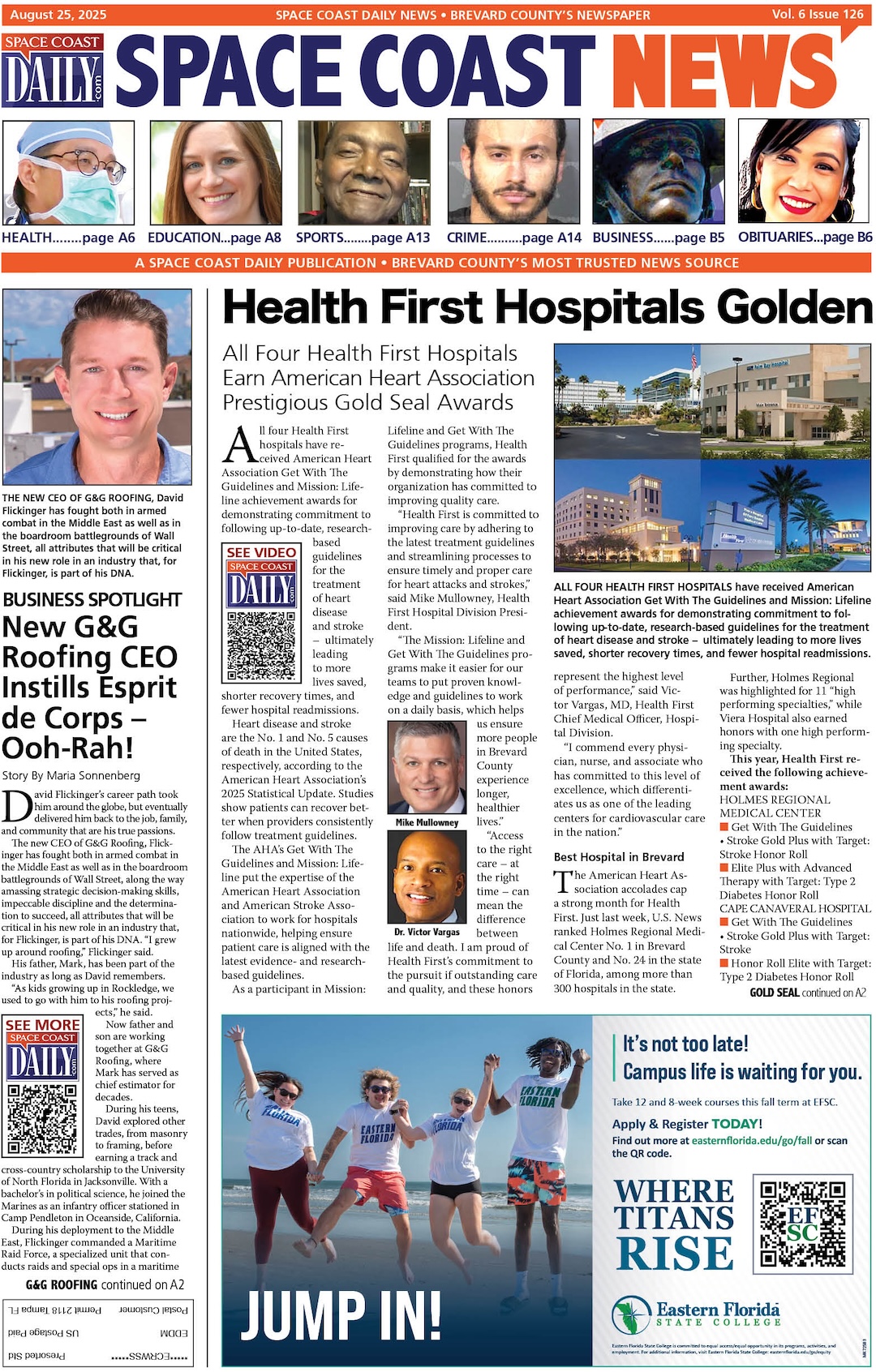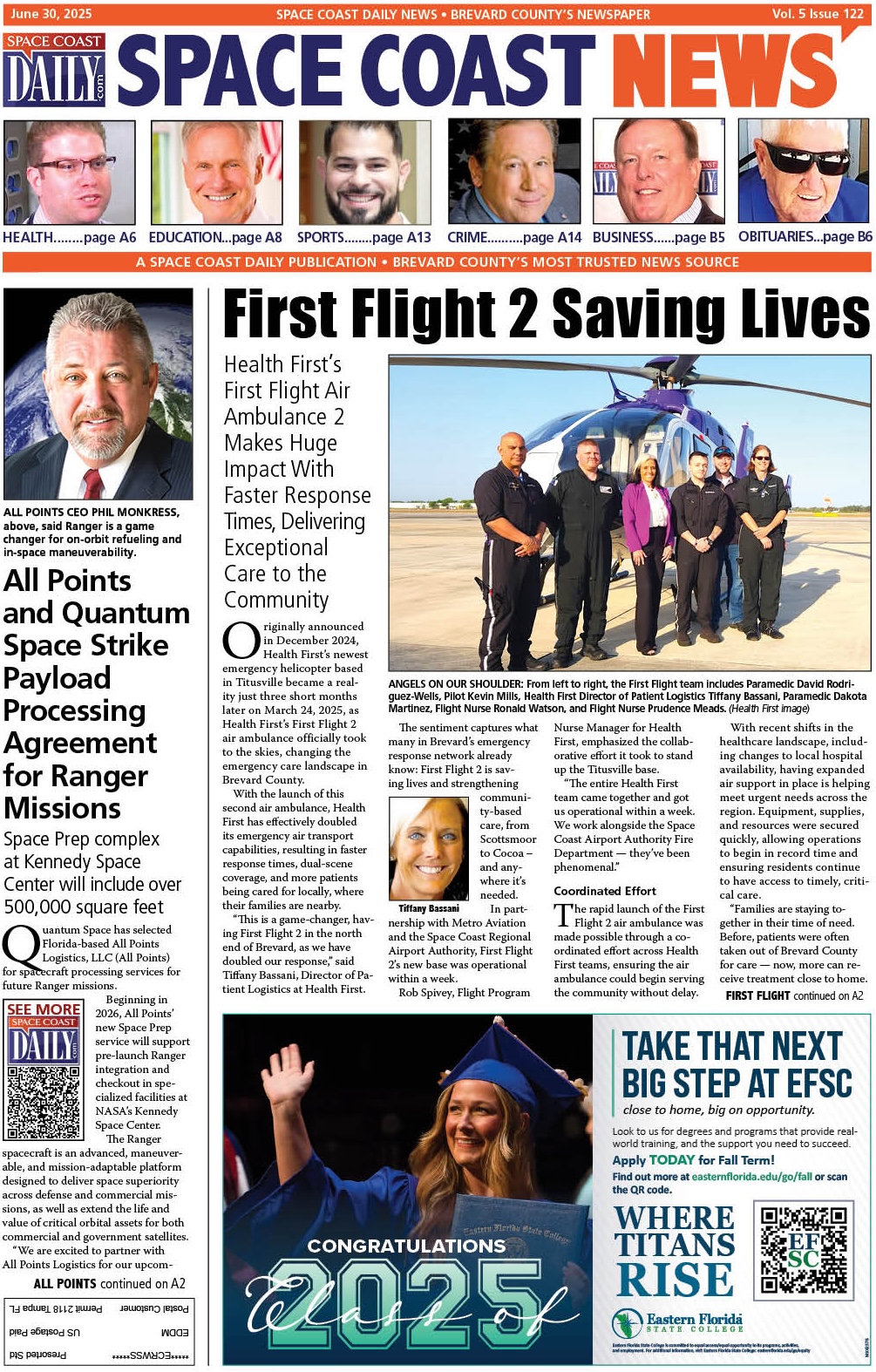When the ISS Is Live: How Space Coast Viewers Get the Best Feed
By Space Coast Daily // September 15, 2025

Florida’s Space Coast is not just a name, nothing more. It is the very epicenter from which space is explored from the United States. Those who live in this region benefit from the International Space Station (ISS), with the opportunity to see live broadcasts about adventure and science.
This type of broadcast provided by NASA itself is a relevant feat. However, the quality can be affected by multiple situations. For this reason, some viewers seek to improve their connection by using various resources such as browsers, USA VPN servers, and other external services.
Where to find a reliable broadcast of the Space Coast
Florida’s Space Coast is not only a meeting point to experience unique experiences. As we highlighted before, it is an opportunity to observe events of special importance, such as Earth observation from space and more.
Now, all of this is possible with an impeccable broadcast, but what is the best way to achieve it? As a first relevant aspect, and beyond the use of a VPN, is to find a good broadcast.
There are several broadcast sources such as NASA Live which allows you to see external and internal views of the stations. On the other hand, we have NASA Stream, via YouTube, which carries out broadcasts with the benefit of being able to interact with other users through comments.
On these sites, you can see constant updates on direct links, schedules to observe the ISS, and significant data such as, for example, explorations to other planets like Mars and others.
The famous black screen enigma. What happens in these cases?
A fact that often concerns many ISS viewers relates to the appearance of a black screen during the broadcasts. The answer is simple: the Earth has entered nighttime.
When the station is located in the nighttime part of the Planet, the cameras only capture images in black. Viewers have the option to either wait for the orbit to reach the lighted zone of the Earth or switch broadcasts to observe the internal feeds.
The Space Station orbits the Planet Earth for a period of 90 to 93 minutes. According to the exact altitude of the ISS, there is a section of the Earth that is seen in daylight and another that is seen at night. This fact implies that the process of light and darkness repeats 16 times a day.
The best signal available for users
Good quality in an ISS broadcast is not limited to just seeing a good video. The reality is nothing other than users seeking solid and comprehensive experiences. This involves the combination of real-time data with the broadcast. The above makes it possible to have an optimal understanding of what is being observed.
Thanks to these resources, space enthusiasts learn, among other things, the exact position of the International Space Station, as well as other data about its altitude and speed. In this sense, image interpretation is simpler.
In order to add a layer of relevant information that groups with the ISS broadcast, there are online data resources that help track the Space Station in real time. For example, if the broadcast offers a view of the Pacific Ocean, viewers can consult a location map to confirm what they are seeing.
The integration of the ISS with the information
Those who experience the live ISS broadcast cannot only get the maximum benefit from it. Furthermore, they have the opportunity to access other informational media such as daily news, with updated data on launches, events, and more.
On the other hand, there is the possibility of being part of discussion forums and social media groups that exchange viewpoints on trending topics. This community, passionate about space matters, is a unique support network in its form.
Optimization of the signal on the Space Coast.
The reality is that Florida has an excellent Internet infrastructure for all its users. However, the quality of the connection depends on various elements. Some expert recommendations to improve any signal issues are:
- Use a wifi connection to avoid unwanted interruptions in live broadcasts.
- Always adjust the broadcast quality on platforms like YouTube. If there are slow networks, the ideal is to use a resolution of 1080p to 720p.
- Set specific alerts for ISS broadcasts to not miss relevant moments.
- Avoid connecting during peak congestion hours, especially in areas where there are many more users.
The role of technology in ISS broadcasts
The experience of being able to feel part of the exploration during NASA broadcasts and learn space news is truly extraordinary. Although the signal may face certain challenges, technology continues to advance to improve everyone’s participation.
Each broadcast allows viewers to connect with the adventure, see their name around the moon, and appreciate Earth’s orbit. It is expected that with the integration of new technologies, this reach will become much more efficient.












